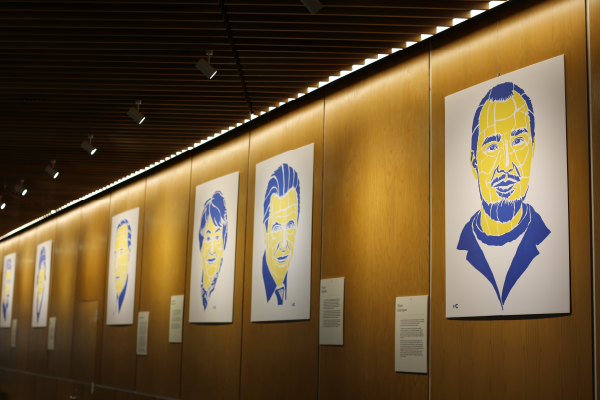

Saving 32 Thousand Plants. The Story of Kherson Herbarium under Occupation
01.05.24
Ivan Moiseenko, head of the Botany Department at Kherson State University, did not believe a full-scale invasion would happen. It all began with a phone call: "In the morning of February 24th, a colleague called and informed me that the war had started. She was crying." Explosions were already heard from the direction of Chornobaivka as the Russians were bombing the airfield.
Evacuation at the university was initially not considered because they did not suspect that Kherson would be captured so quickly.
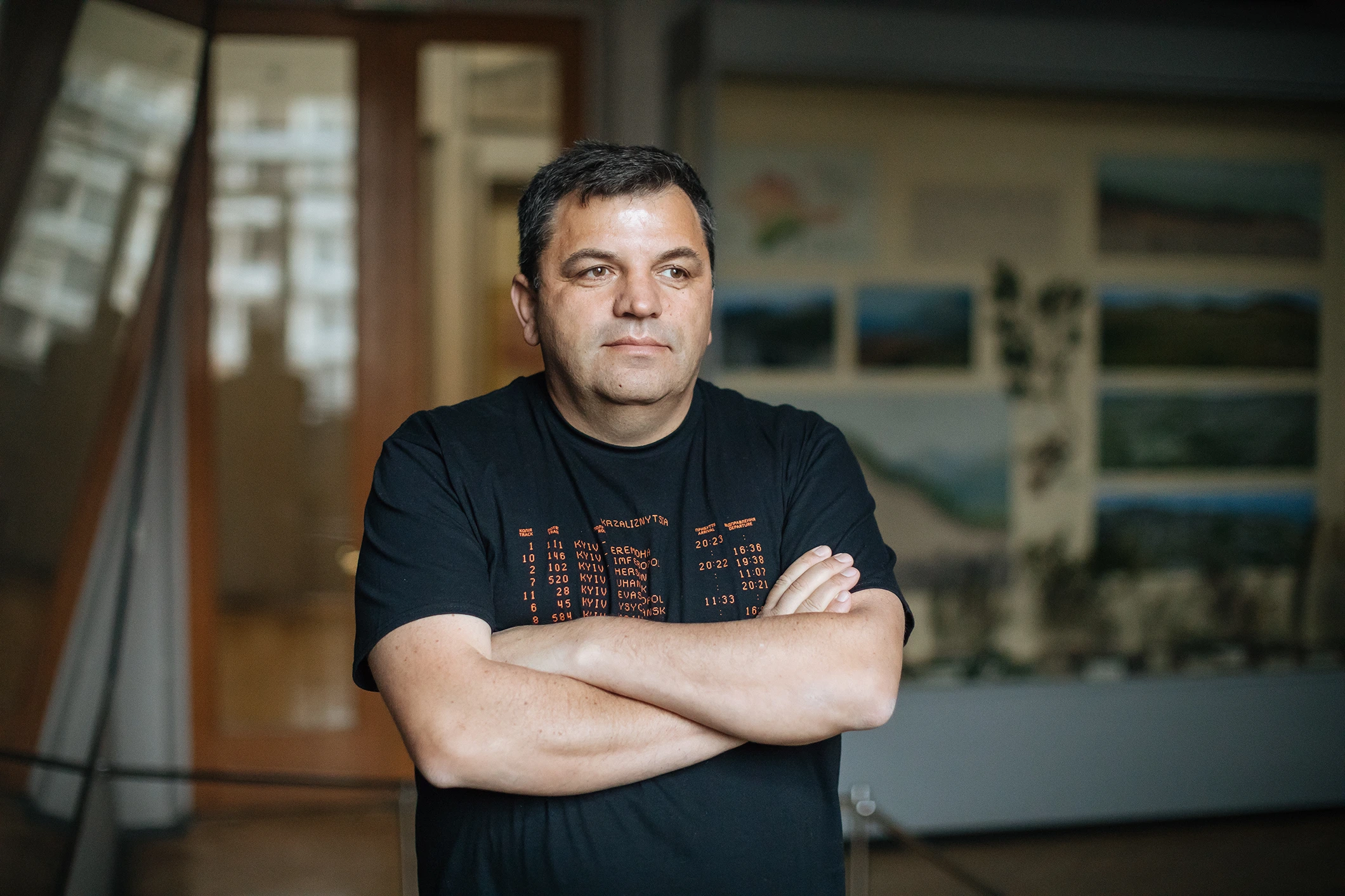
At the time of the invasion, a unique herbarium was kept at Kherson University—one of the largest in Ukraine. It began to be collected in 1945 because the original specimens were lost during World War II. The oldest collection is of bulbous fescue, common in the steppes, semi-deserts, and deserts of Eurasia and North Africa. It was collected in the first two post-war years. However, there are also older samples that the university received through exchanges with other institutions.
The majority of herbarium specimens were collected over the last 20 years. "When I entered my postgraduate studies in the late 90s, we had only 2,000 specimens," recalls Mr. Ivan. Now, there are as many as 32,000. The collection mainly represents southern Ukraine.
The uniqueness of the herbarium lies in the fact that most of it consists of lichens (a symbiosis of fungi and algae). This is not found in any other collection in Ukraine. The reason is that most of Mr. Ivan's colleagues at the botany department are lichenologists who study and collect these specimens and then add them to the herbarium.
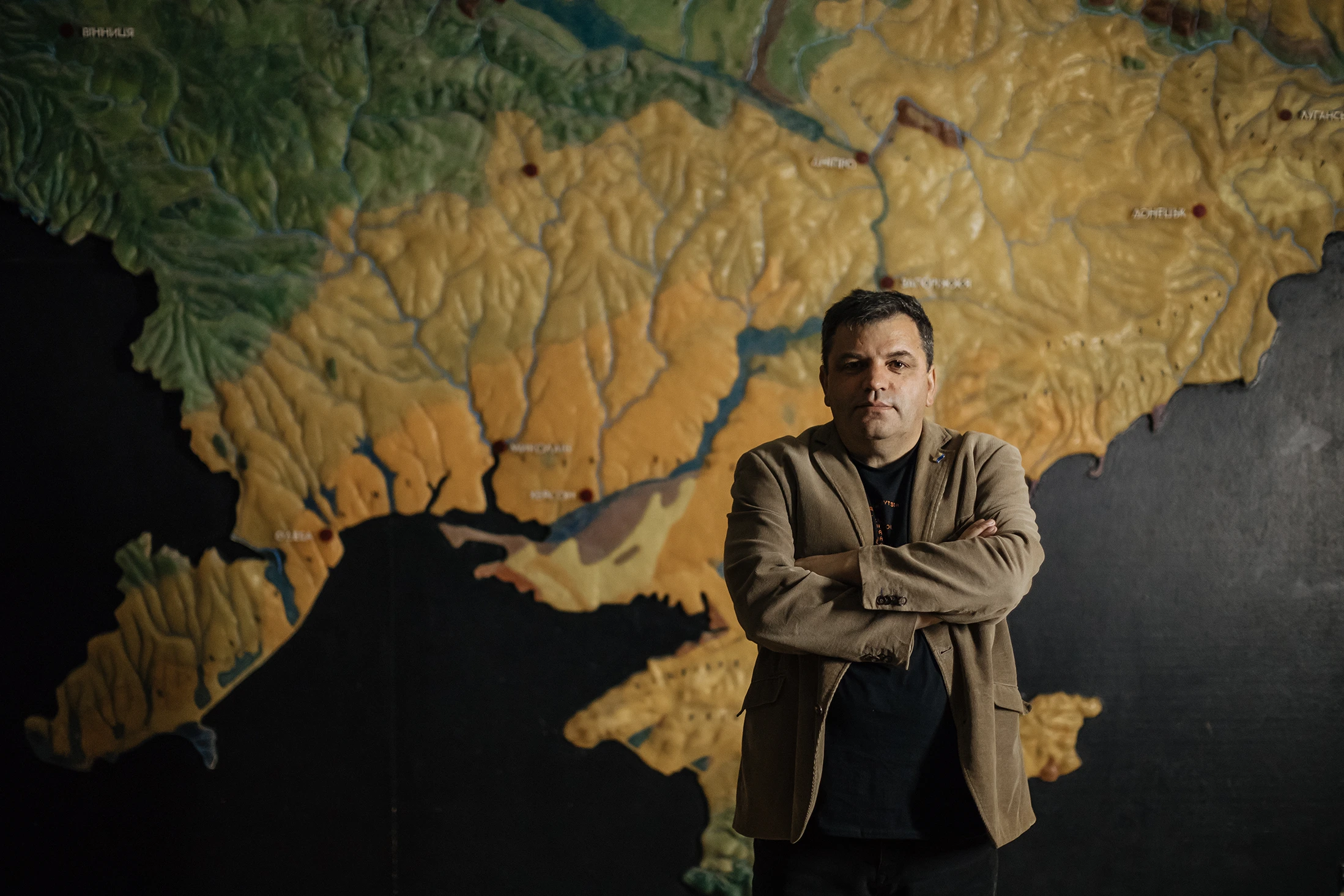
One of the most important criteria for the quality and usefulness of a herbarium is the presence of type specimens, Mr. Ivan explains: "Every species described for science has its standard—the type specimen. There are several types of it. The most important is the holotype, a single specimen that serves as the standard for the described species. Without it, the system would collapse. For instance, Carl Linnaeus described many new species for science but had a broad understanding of them. Now, the understanding of species is much narrower. Often, what Linnaeus called one species now belongs to ten different ones. Thus, Linnaeus's description fits all ten species. But with a type specimen, this description can be clarified."
Kherson State University has more than 200 type specimens in its collection, making it one of its most valuable parts. "This is a fairly large portion of global systematics," Mr. Ivan claims. These 24 boxes were managed to be hidden in the basement during the occupation of the city. Thousands of other boxes remained in the classrooms.
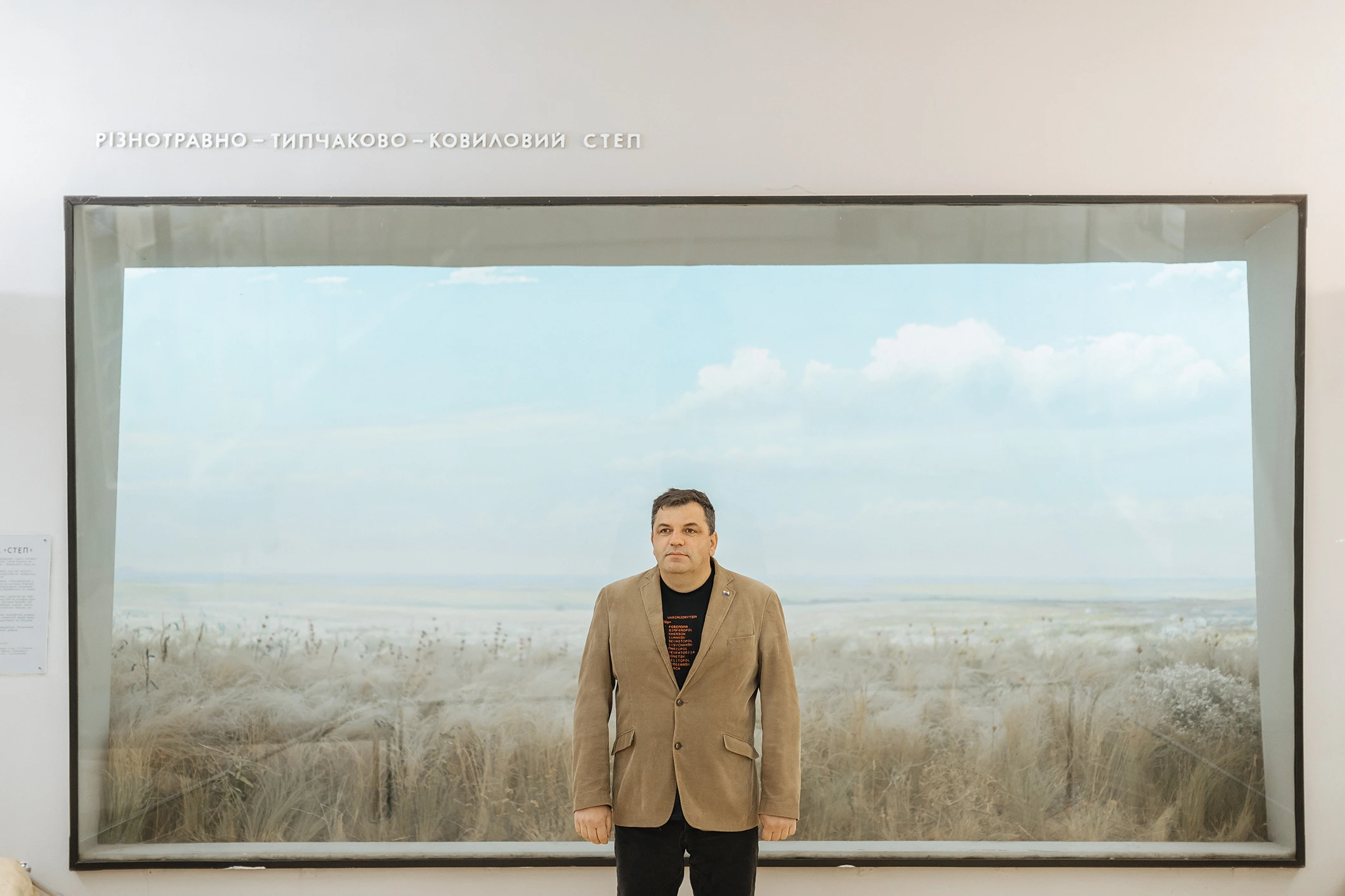
In the first days of the full-scale invasion, Mr. Ivan wrote to Russian colleagues—more than 200 people. Most were silent, and about 20 scientists responded, mostly aggressively. "Professors, doctors of science, and deans assured that their army would capture Kyiv in a few days and everything would be over. Reading this was horrifying. I took screenshots of these letters and sent them to colleagues abroad. Although there were also one or two letters of apology," Mr. Ivan recounts.
He also reached out to European and American scientists, urging them to donate funds to Ukrainian soldiers: "Many scientists (from Poland, Switzerland, Sweden, Czechia) donated funds to the Ukrainian army. For instance, Swiss scientist Jürgen Dengler donated 2,000 euros and wrote: 'Ivan, for the first time in my life, I am donating money for war. I never thought I would help the military.'"
Mr. Ivan spent 48 days in occupation. He planned his evacuation through local groups in Telegram channels and left through an unofficial "green corridor" via Russian checkpoints. Mr. Ivan returned with the de-occupation of the city.
After the liberation of Kherson, the university was located on the line of fire: Russian positions on the left bank of the Dnipro were visible from the windows. Therefore, leaving the collection in the basement was risky. Additionally, in the cold and damp environment, the samples began to deteriorate. Certain conditions are required for the preservation of the collection. They are not too difficult to reproduce but need to be maintained: a dry and warm room with a temperature of at least 16 degrees Celsius and air humidity no higher than 60-70%. Additionally, constant efforts must be made to fight pests that can damage the collection.
Thus, the herbarium was decided to be evacuated.
"Volunteers removed the first part of the collection from the city. One of the volunteers made a short video about the evacuation and posted it on Facebook. This post was noticed, and a trainer from the Global Biodiversity Information Facility (GBIF) organization contacted us. This organization manages open data, digitizing herbaria, and so on, and Kherson University actively collaborates with it. Therefore, the Norwegian office of GBIF provided funds, and the collection was transported to Ivano-Frankivsk," explains Mr. Ivan.
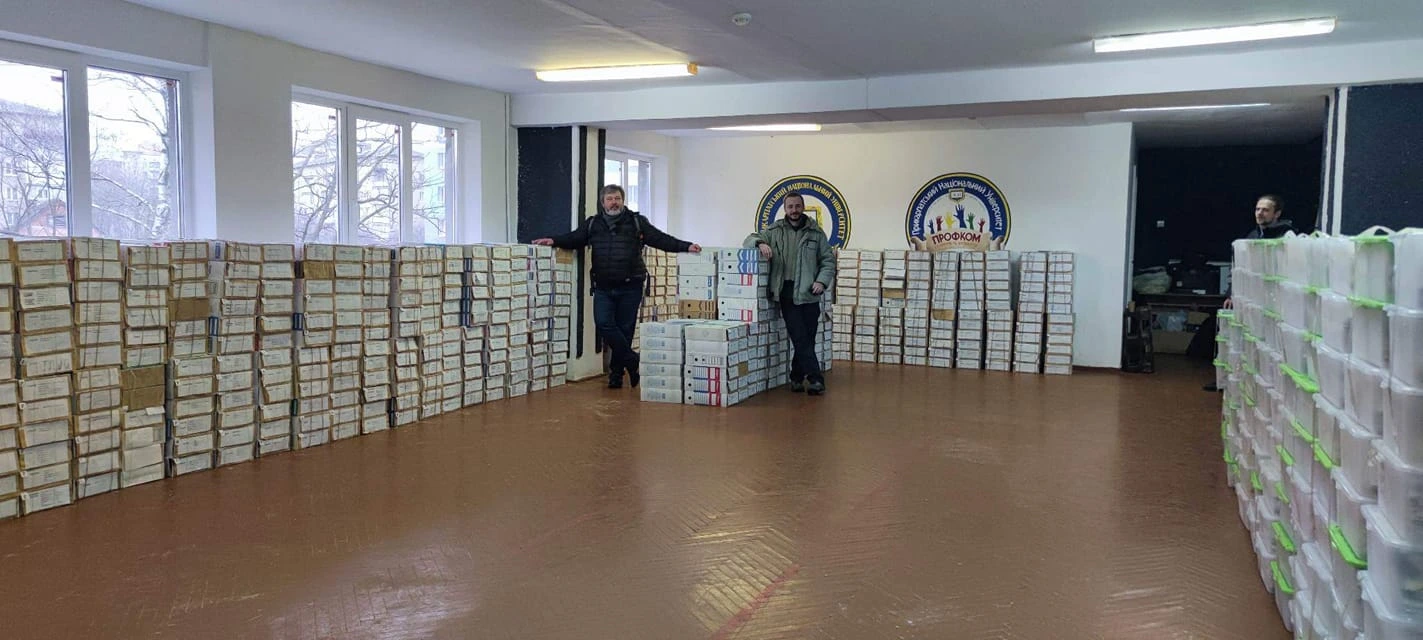
Now, the herbarium is at Vasyl Stefanyk Precarpathian National University, and Kherson State University has been relocated to Ivano-Frankivsk. However, the botany department operates in a hybrid format. Eighteen employees are in 16 different locations.
Nevertheless, the herbarium is still being supplemented, albeit not as actively as before the war. However, currently, the specimens are not being inserted (i.e., not "added" to the collection, not assigned an individual number, etc.), as this was done by engineers who are now abroad. It's not only them who left, but also the lab technicians and many other employees, so the herbarium is currently being managed by significantly fewer people: "Everyone has dispersed, and we basically exist as a virtual structure." Daily research, as it was before, is not conducted.

However, this year, they were able to conduct offline botanical field practice at Uzhhorod University's base in the town of Kolochava. The university provided funds for travel and meals, while the facilities were provided free of charge by colleagues from Transcarpathia. However, some students still completed the practice online, including those who are in the occupied territories. "We understand that laboratory classes and practices must be conducted offline. Therefore, we try to do it as much as the war permits," Mr. Ivan explains.
Kherson State University has now turned into a shelter and a base for providing humanitarian aid. It no longer operates as an educational institution. However, the herbarium that was destroyed during World War II was saved this time.
With support from the Alfred P. Sloan Foundation and facilitated by IIE.

